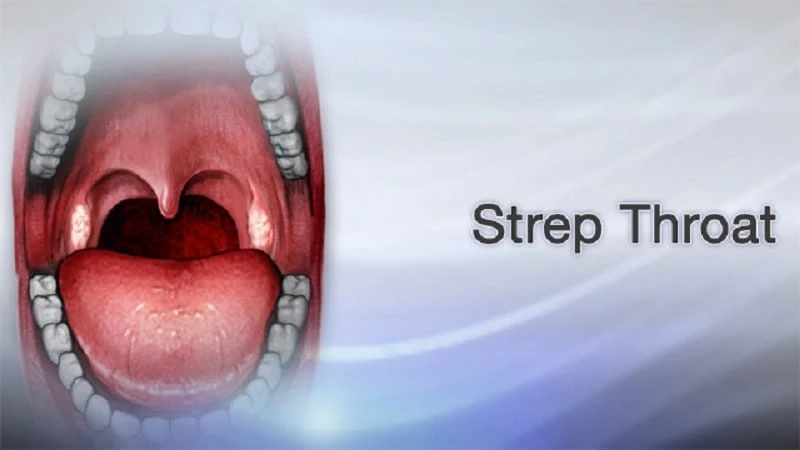Introduction:
Strep throat is a common bacterial infection that primarily affects the throat and tonsils. However, what happens when a person undergoes a tonsillectomy, the surgical removal of the tonsils? Can they still contract strep throat? In this article, we will delve into the intriguing topic of strep throat in individuals without tonsils. We will explore the function of tonsils, the prevalence of strep throat in people without tonsils, alternative sites of infection, potential symptoms, diagnostic methods, and available treatment options. By understanding these aspects, we can gain insights into the possibility of Strep Throat Without Tonsils.
The Function of Tonsils:
Tonsils are small, oval-shaped masses of lymphoid tissue located on both sides of the back of the throat. They play a crucial role in the body\'s immune system, acting as a defense mechanism against harmful pathogens entering through the mouth and nose. Tonsils are part of the lymphatic system, which helps filter out bacteria and viruses. However, in some cases, recurrent tonsillitis or other medical conditions may necessitate a tonsillectomy, the surgical removal of the tonsils.
Prevalence of Strep Throat in People without Tonsils:
It is commonly believed that the absence of tonsils eliminates the possibility of developing strep throat. However, research suggests that strep throat can still occur in individuals who have undergone tonsillectomy. While the risk is reduced, it is not completely eliminated. According to studies, strep throat can affect approximately 1-2% of individuals without tonsils. The reason behind this occurrence is that the bacteria responsible for strep throat, namely Streptococcus pyogenes, can still colonize other areas of the throat and surrounding tissues even after tonsil removal.
Alternative Sites of Infection:
In the absence of tonsils, the bacteria that cause strep throat can still find alternative sites in the throat to infect. The back of the throat, including the pharynx and the lingual tonsils (located at the base of the tongue), can act as potential breeding grounds for the bacteria. These areas may retain some immune function even after tonsillectomy, making them susceptible to colonization by Streptococcus pyogenes. Additionally, the adenoids, another set of lymphoid tissue located near the tonsils, can also harbor the bacteria and contribute to strep throat in individuals without tonsils.
Symptoms and Diagnosis:
The symptoms of strep throat in individuals without tonsils are similar to those in individuals with intact tonsils. Common symptoms include sore throat, difficulty swallowing, fever, swollen lymph nodes, and white patches or streaks on the back of the throat. Diagnosing strep throat typically involves a physical examination, where the doctor checks for signs of infection, and a throat swab to test for the presence of Streptococcus pyogenes bacteria. Rapid antigen tests or throat cultures can be employed to confirm the diagnosis.
Treatment Options:
Once diagnosed with strep throat, treatment options for individuals without tonsils are similar to those for individuals with tonsils. Antibiotics, such as penicillin or amoxicillin, are usually prescribed to eradicate the bacterial infection. It is essential to complete the full course of antibiotics to prevent complications and reduce the risk of spreading the infection to others. Supportive measures like over-the-counter pain relievers, warm saltwater gargles, and staying hydrated can help alleviate symptoms.
Conclusion:
Although the removal of tonsils reduces the likelihood of developing strep throat, it does not completely eliminate the possibility. Streptococcus pyogenes can still colonize other areas of the throat, including the lingual tonsils and the pharynx. Individuals without tonsils should be aware of the potential for strep throat and seek medical attention for appropriate diagnosis and treatment.




